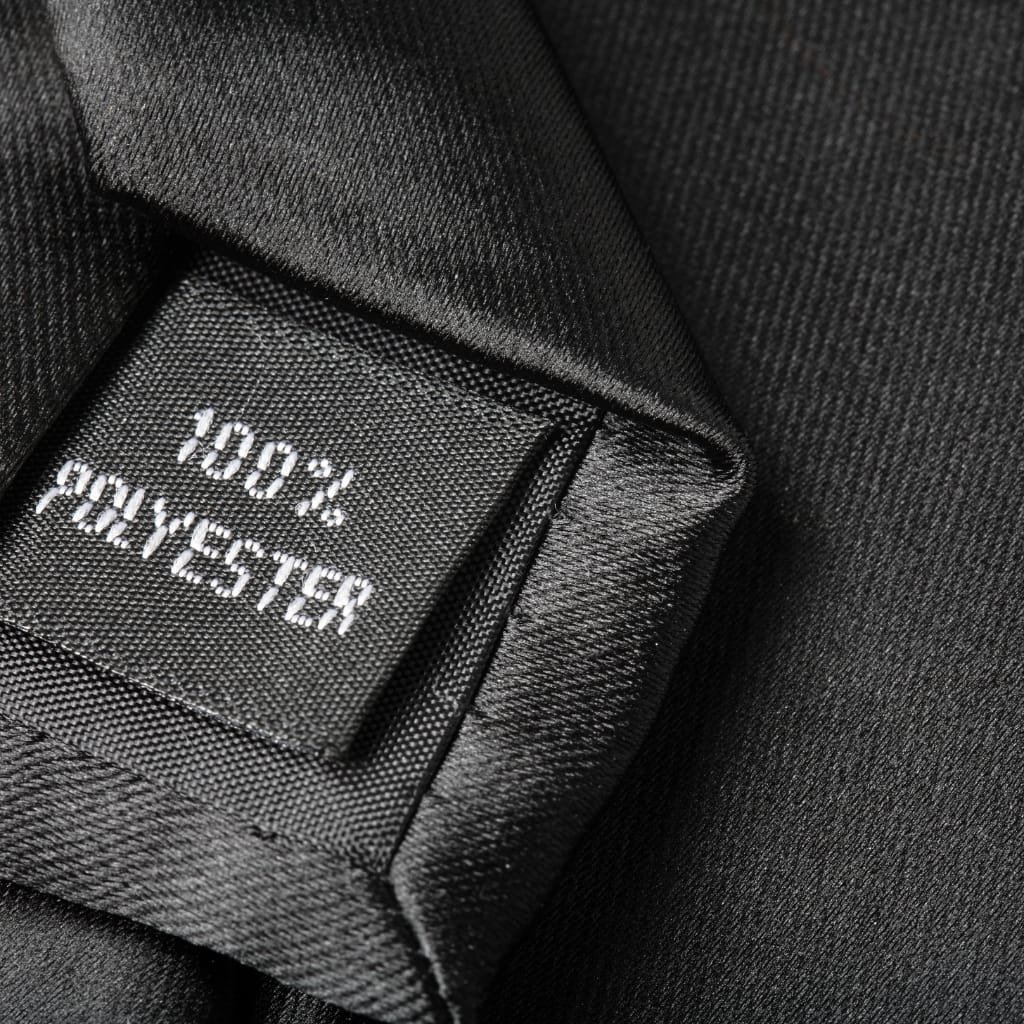Solution-dyed polyester has become a game-changer in the textile industry. Known for its durability, fade resistance, and eco-friendly production process, this fabric is widely used in upholstery, outdoor furniture, and apparel. Additionally, it offers long-lasting color that doesn’t wash out or fade easily. In this blog, we will explore what solution-dyed is, its benefits, common applications, and simple care tips.
What is Solution-Dyed Polyester?

Solution-dyed is a synthetic fiber where color pigments are added during the polyester fiber production process itself, not afterward. As a result, the color is locked inside the fiber rather than applied on the surface. Because of this unique method, the fabric becomes fade-resistant, durable, and less prone to staining.
Benefits of Solution-Dyed Polyester
1. Fade Resistance
The infusion of color into the fibers significantly reduces fading due to sunlight or repeated washing.
2. Stain Resistance
The closed fiber structure prevents spills and stains from penetrating deep into the fabric. Consequently, cleaning becomes much easier.
3. Eco-Friendly Production
Unlike traditional dyeing, solution dyeing uses less water and fewer chemicals. Therefore, it is a more sustainable choice.
4. Long-Lasting Durability
This polyester fabric resists wear and tear, making it ideal for high-traffic areas and outdoor furniture.
5. Vibrant Colors
Because the color is inherent to the fiber, the fabric maintains a bright, consistent appearance for years.
Common Uses of Solution-Dyed Polyester

- Outdoor Furniture: Its UV resistance makes it perfect for patio cushions and umbrellas.
- Upholstery: Used in commercial and residential furniture for a long-lasting finish.
- Automotive Interiors: Seats, carpets, and panels often feature this fabric for its durability.
- Apparel & Bags: Lightweight, fade-resistant clothing and accessories benefit from solution-dyed fibers.
- Marine Applications: Boat covers and seat fabrics are commonly made with dyed polyester.
Styling and Design Ideas
- Outdoor Décor: Add bright, patterned cushions to your patio furniture for a lively look.
- Indoor Upholstery: Use neutral shades for a modern, elegant interior style.
- Automotive Interiors: Complement car interiors with durable, fade-proof fabrics for long-lasting appeal.
- DIY Projects: Create custom seat covers or tote bags using dyed polyester for durability and style.
Care Tips for Solution-Dyed Polyester
- Clean spills immediately with mild soap and water.
- Use a soft brush to remove dirt or dust regularly.
- Avoid harsh chemicals that may damage the fabric coating.
- Air dry to maintain the fabric’s integrity and color.
Conclusion
dyed polyester offers unmatched durability, vibrant colors, and eco-friendly benefits. Because of its resistance to fading, stains, and wear, it has become the top choice for both indoor and outdoor applications. Moreover, with proper care, this fabric can maintain its beauty and functionality for years.
FAQs
Why is solution-dyed polyester fade-resistant?
During fiber production, someone adds the color pigments, so they become part of the fiber itself, preventing fading.
Is dyed polyester eco-friendly?
Yes, it uses less water and fewer chemicals than traditional dyeing methods, making it more sustainable.
Can solution-dyed polyester be used outdoors?
Absolutely. Its UV and weather resistance make it ideal for outdoor furniture and décor.



